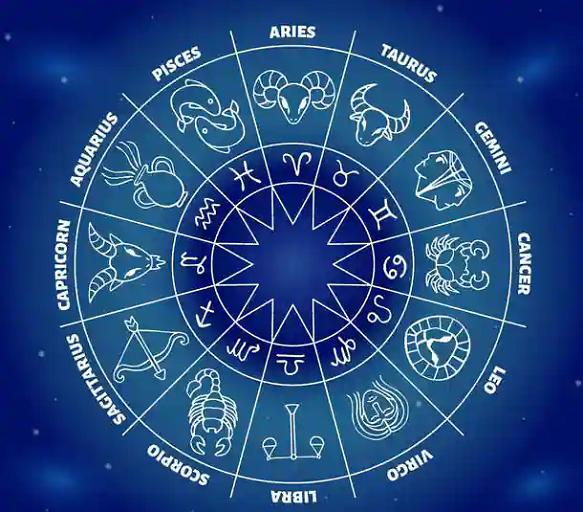In the world of Indian astrology and tradition, time is not just a linear concept but a dimension intricately woven with cosmic energies. Choghadiya, a significant aspect of Hindu astrology, offers a unique perspective on time, highlighting specific periods of the day and night when auspicious energies are believed to prevail. In this article, we will delve into the fascinating realm of Choghadiya today, exploring its origins, calculations, and its relevance in modern times.
Understanding Choghadiya
Choghadiya, also spelled as Chogadia or Choghadi, is a traditional Hindu method for assessing the auspicious and inauspicious periods throughout the day and night. The term “Choghadiya” is derived from two Sanskrit words: “Chau,” meaning four, and “Ghadi,” meaning part of a day or “Ghati.” Essentially, Choghadiya divides the 24-hour day into eight equal segments, each approximately 3 hours and 45 minutes in duration. These segments are further classified as auspicious, inauspicious, or neutral based on astrological calculations.
The Calculation of Choghadiya
The calculation of Choghadiya relies on several factors, including the positions of the sun and moon, lunar day (Tithi), and the day of the week (Vaar). The primary objective is to identify favorable time slots for conducting important activities and minimizing the influence of negative energies. The eight segments of Choghadiya are as follows:
-
Amrit Choghadiya: This is considered the most auspicious time of the day, associated with divine blessings and prosperity. It is typically ideal for initiating significant endeavors, ceremonies, or spiritual practices.
-
Shubh Choghadiya: Shubh Choghadiya is also auspicious and suitable for essential activities, including weddings, business deals, and travel.
-
Labh Choghadiya: Labh Choghadiya is associated with financial gains and benefits. It is a favorable time for investments, starting new projects, and wealth-related endeavors.
-
Char Choghadiya: Char Choghadiya is generally considered neutral and is suitable for routine tasks that do not require special blessings or favorable energies.
-
Rog Choghadiya: This time period is considered inauspicious for beginning new ventures or important activities. It is best used for rest and self-care.
-
Kaala Choghadiya: Kaala Choghadiya is also unfavorable and is best avoided for important undertakings. It is associated with obstacles and challenges.
-
Udveg Choghadiya: Udveg Choghadiya is inauspicious and can bring negative outcomes. It is not recommended for initiating important tasks.
-
Chal Choghadiya: Chal Choghadiya is another neutral period and is suitable for routine activities that do not carry significant importance.
Relevance of Choghadiya in Modern Times
While Choghadiya has deep roots in tradition and astrology, its relevance in modern times remains a topic of debate. Some individuals and businesses still consult Choghadiya to plan their activities, especially for important events like weddings, business meetings, and religious ceremonies. They believe that aligning their actions with auspicious time slots can lead to greater success and positive outcomes.
However, others view Choghadiya today as a superstitious practice lacking scientific validity. They argue that making important decisions solely based on astrological timings may not always be practical or effective.
Conclusion
Choghadiya, with its ancient origins and mystical significance, continues to be a captivating aspect of Hindu astrology and tradition. Whether one embraces it as a guiding principle or dismisses it as a relic of the past, Choghadiya serves as a testament to humanity’s enduring fascination with the interplay of time, cosmic energies, and the pursuit of auspicious outcomes. Ultimately, the choice to incorporate Choghadiya into one’s life is a personal one, reflecting individual beliefs and cultural influences. Whether used for practical purposes or cherished as a connection to tradition, Choghadiya remains a fascinating lens through which we explore the tapestry of time and destiny.

















